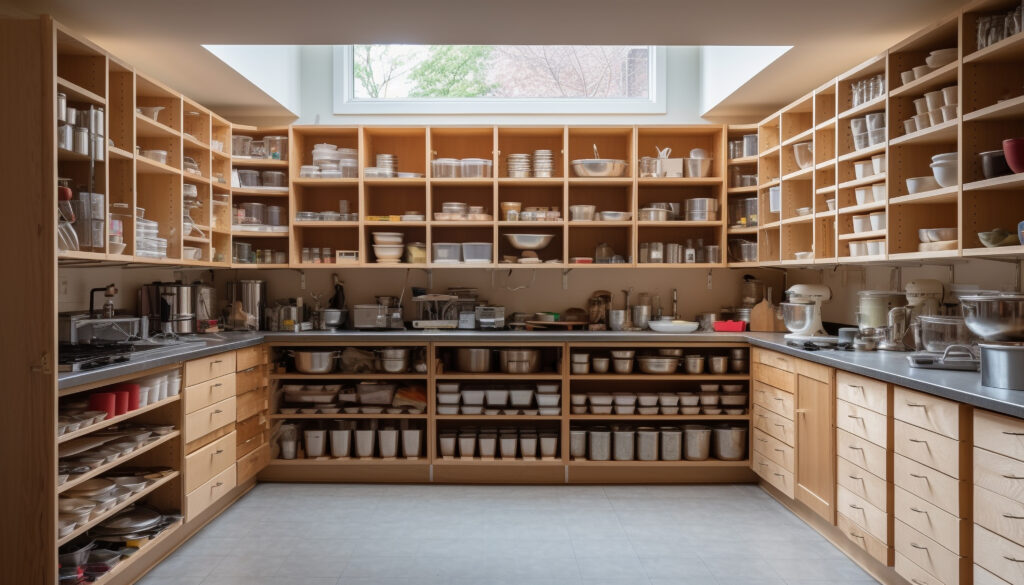
An organized pantry is the secret to a stress-free cooking experience. It saves time, reduces food waste, and inspires creativity in the kitchen. Chef Abdul shares expert tips and strategies for organizing your pantry like a pro, ensuring it stays neat, accessible, and efficient.
Step 1: Assess and Declutter
Start by emptying your pantry and evaluating what you have.
Step 2: Categorize and Group Items
Organize items into logical categories to streamline cooking and shopping.
Pro Tip: Use clear containers or bins to group similar items, making them easy to access and restock.
Step 3: Use Storage Containers
Invest in high-quality storage solutions for a clean, cohesive look and longer shelf life.
Pro Tip: Use stackable containers to save space and create a uniform look.
Step 4: Maximize Space
Optimize every inch of your pantry, no matter its size.
Pro Tip: Use the top shelves for rarely used items and keep everyday essentials at eye level.
Step 5: Create an Inventory System
Know what you have to avoid overbuying and wasting food.
Pro Tip: Use a small whiteboard or notepad in the pantry to jot down items to buy.
Step 6: Keep It Tidy
Maintain your pantry’s organization with regular upkeep.
Pro Tip: Dedicate 10 minutes each week to tidy up—it prevents major overhauls later.
Chef Abdul’s Pantry Must-Haves
Stock your pantry with essentials to make meal prep a breeze.
Staples
Spices and Seasonings
Baking Essentials
Oils and Vinegars
Sample Pantry Organization Layout
An organised pantry simplifies cooking, reduces stress, and always prepares you for any recipe. With Chef Abdul’s tips, you can transform your pantry into a well-oiled machine that inspires creativity and saves time.
Chef Abdul © Copyright 2024. All rights reserved.